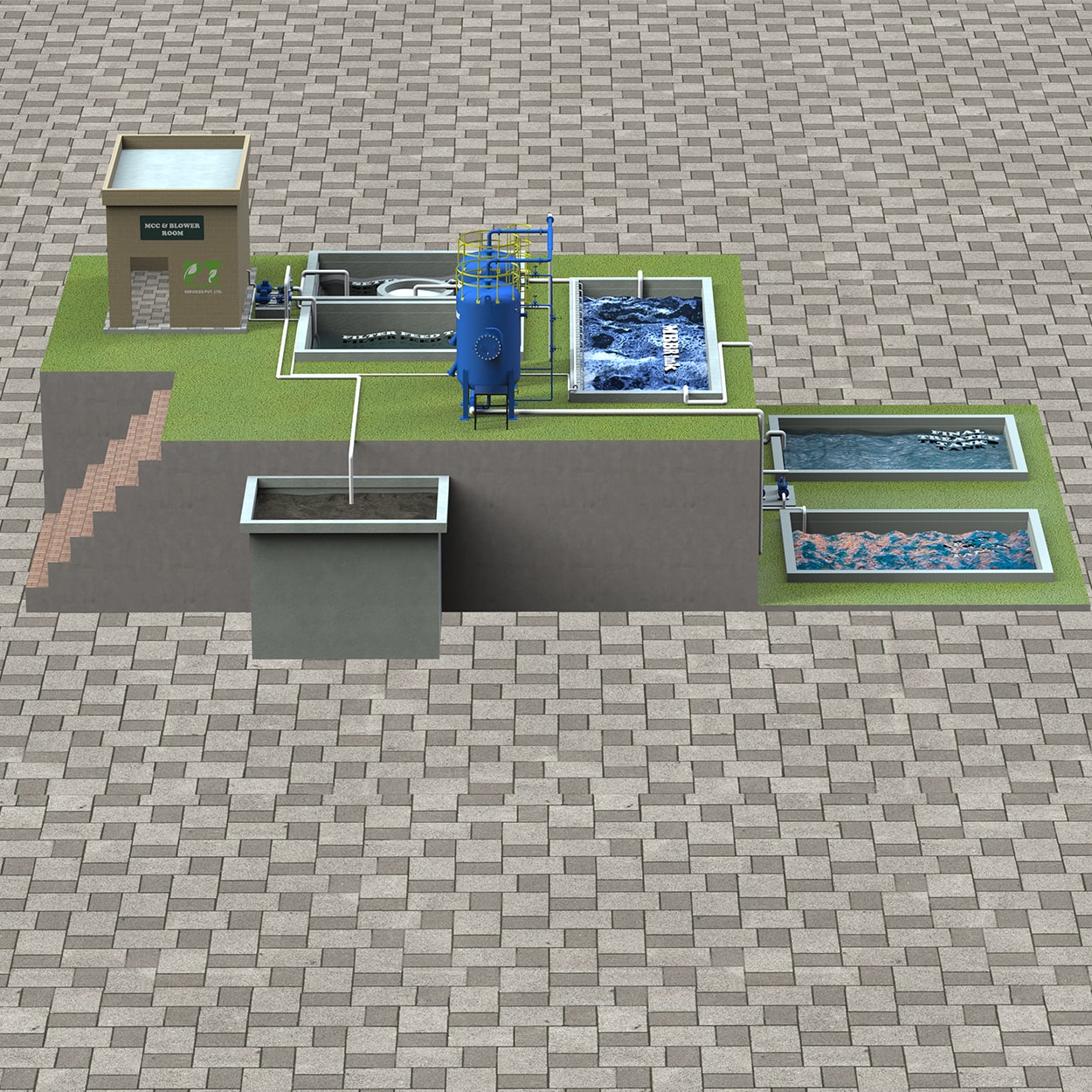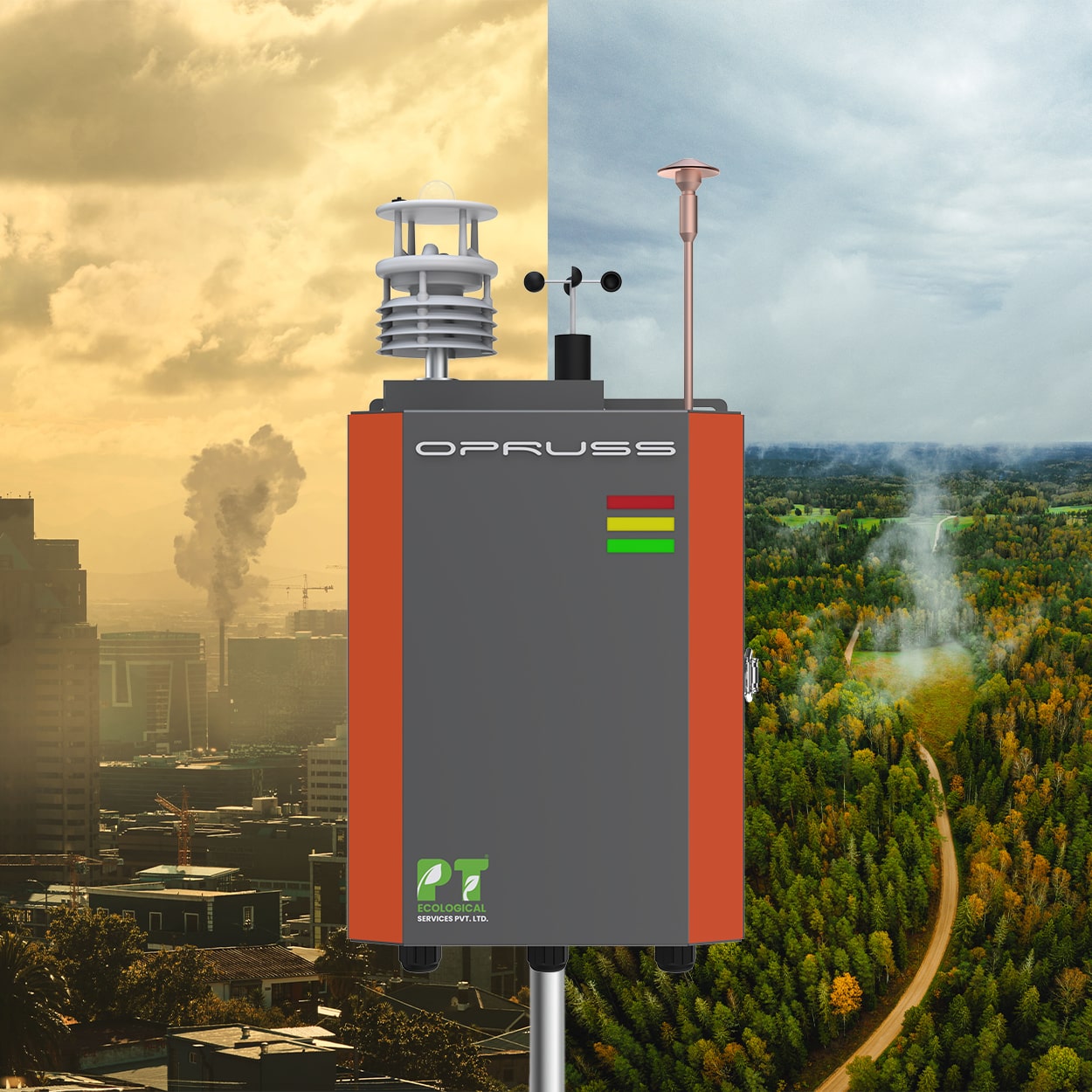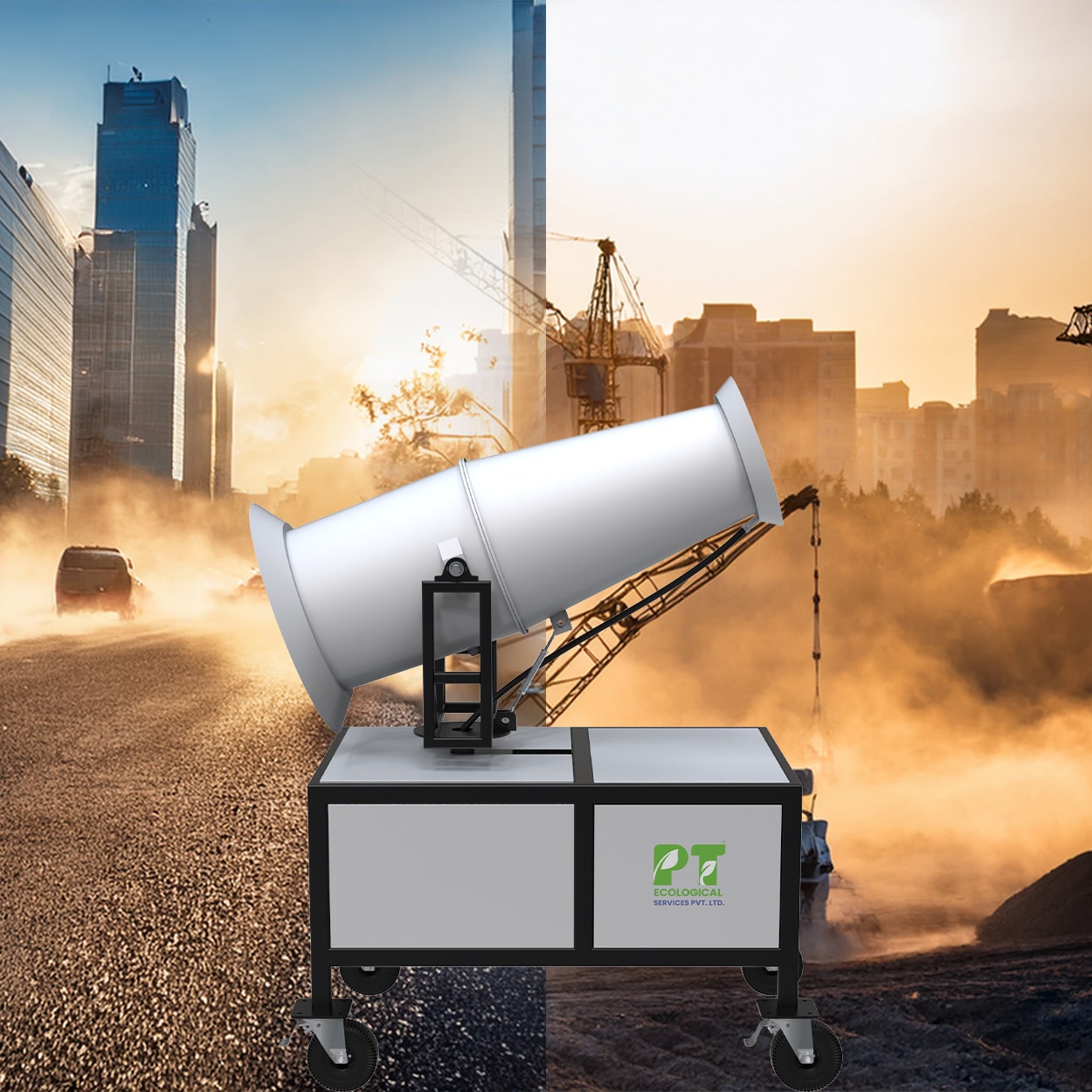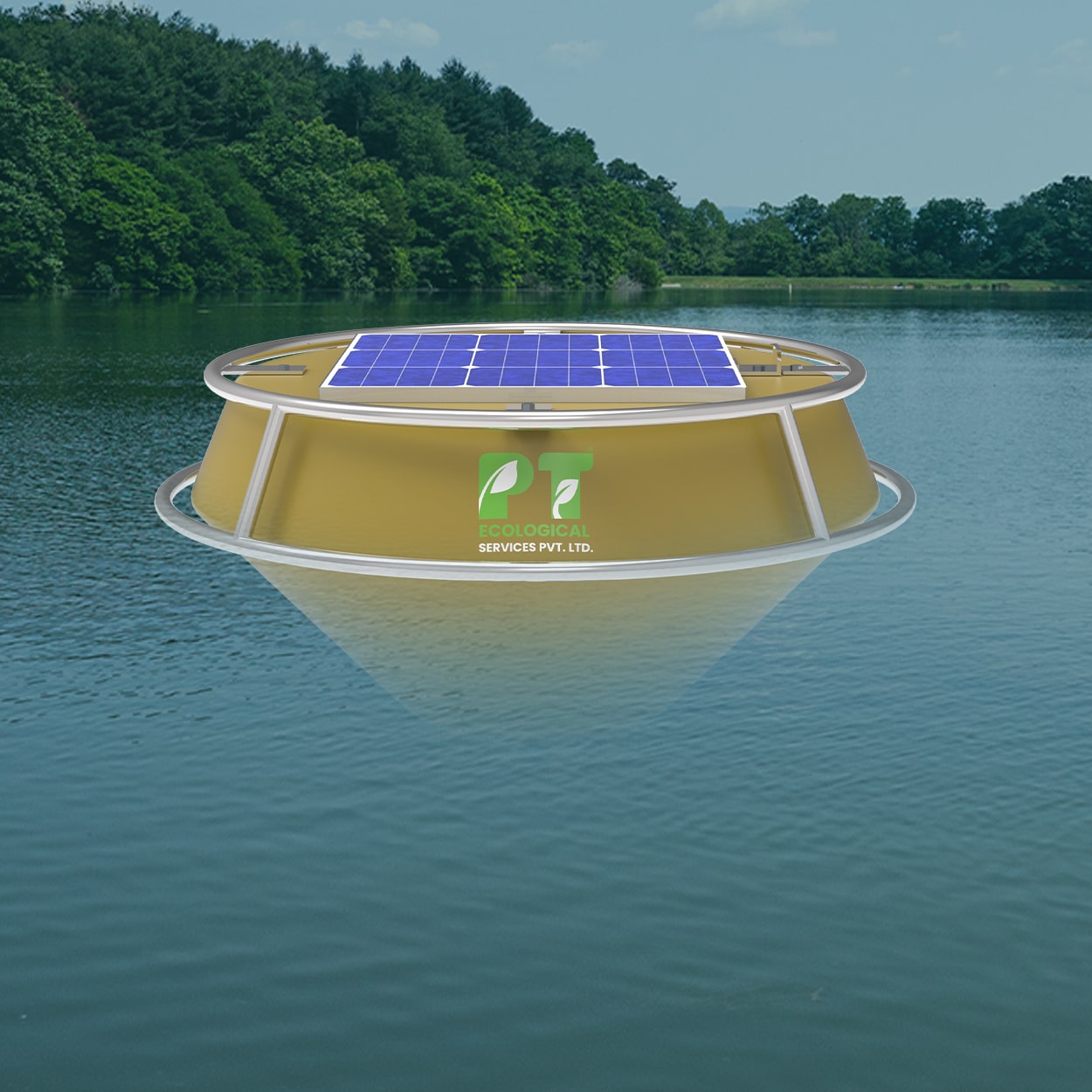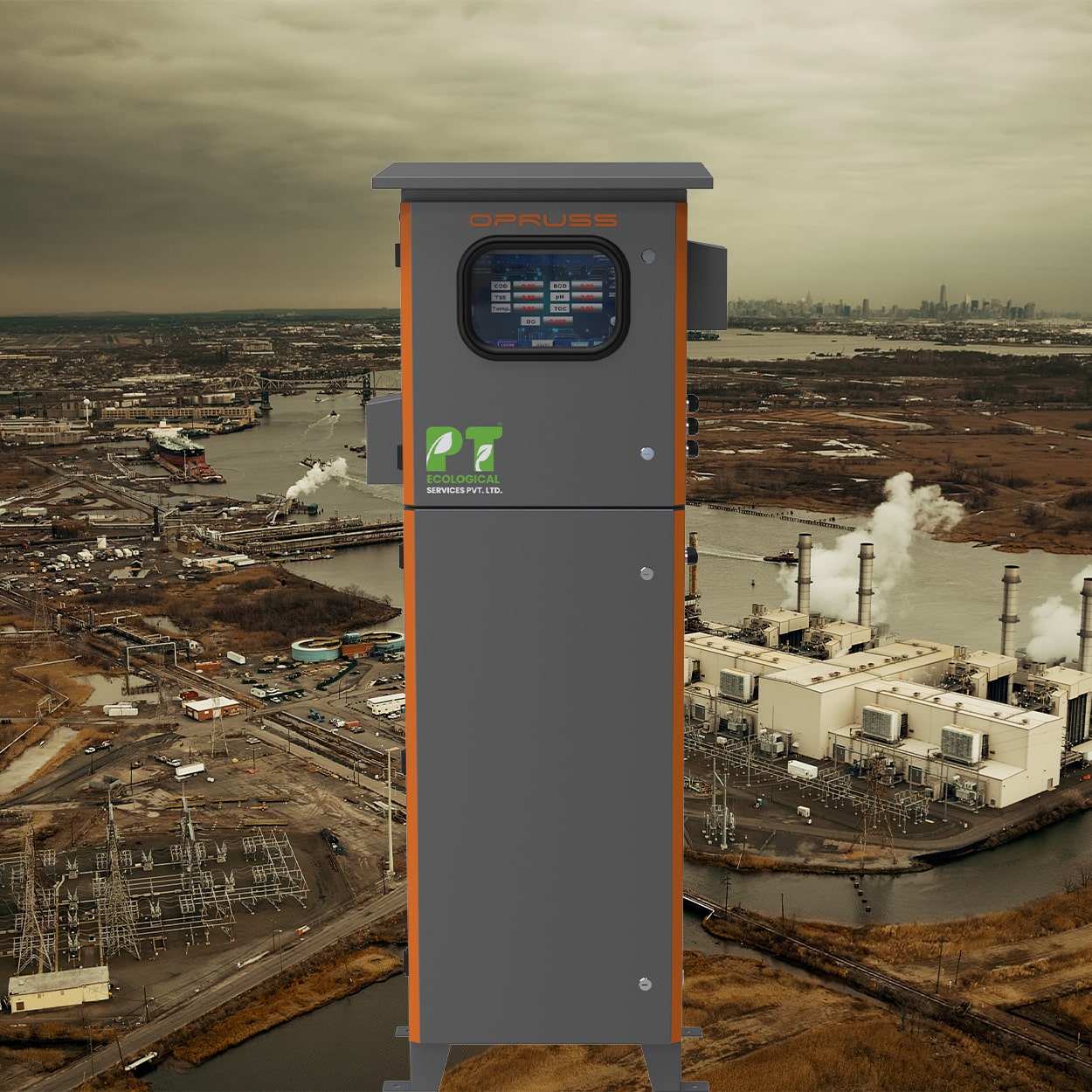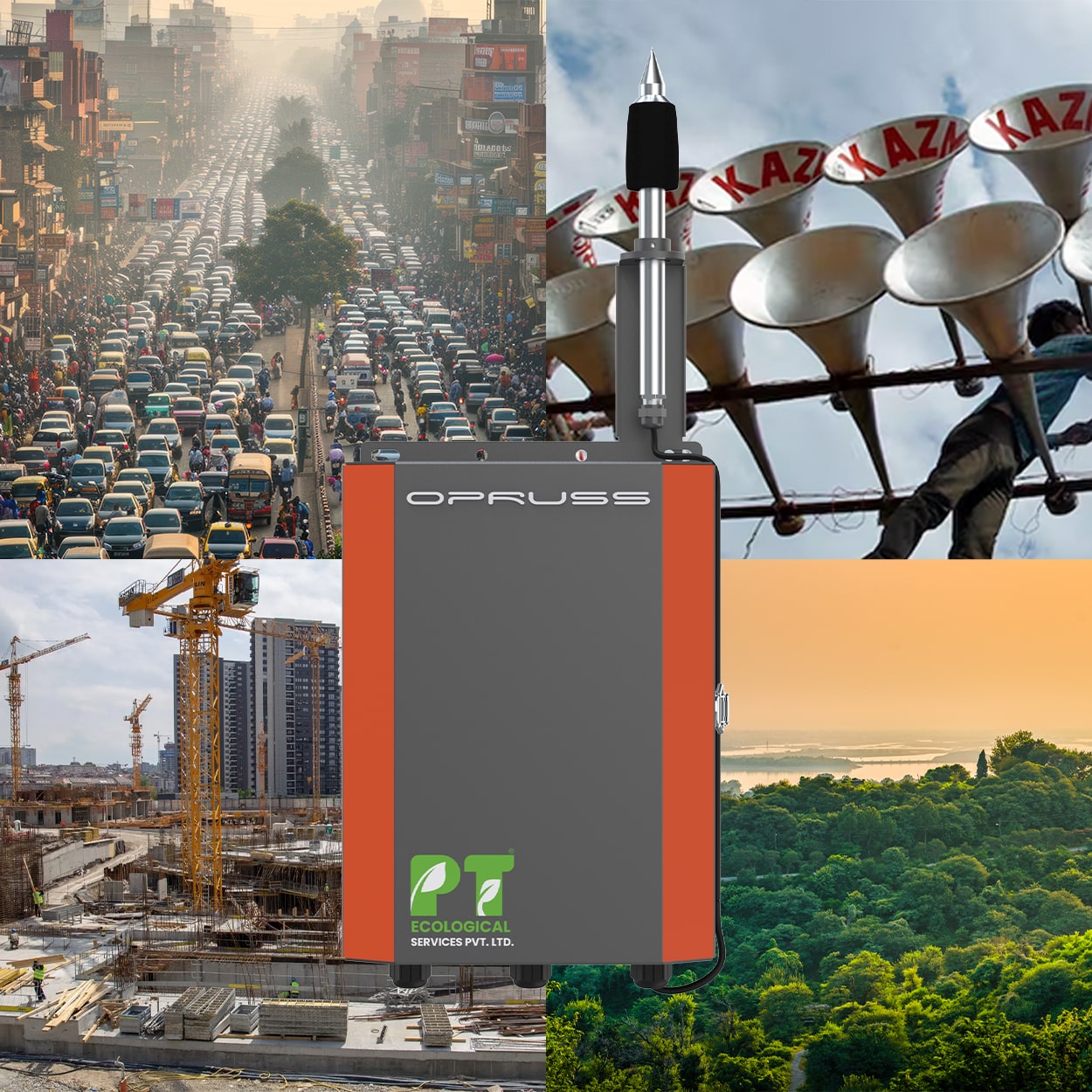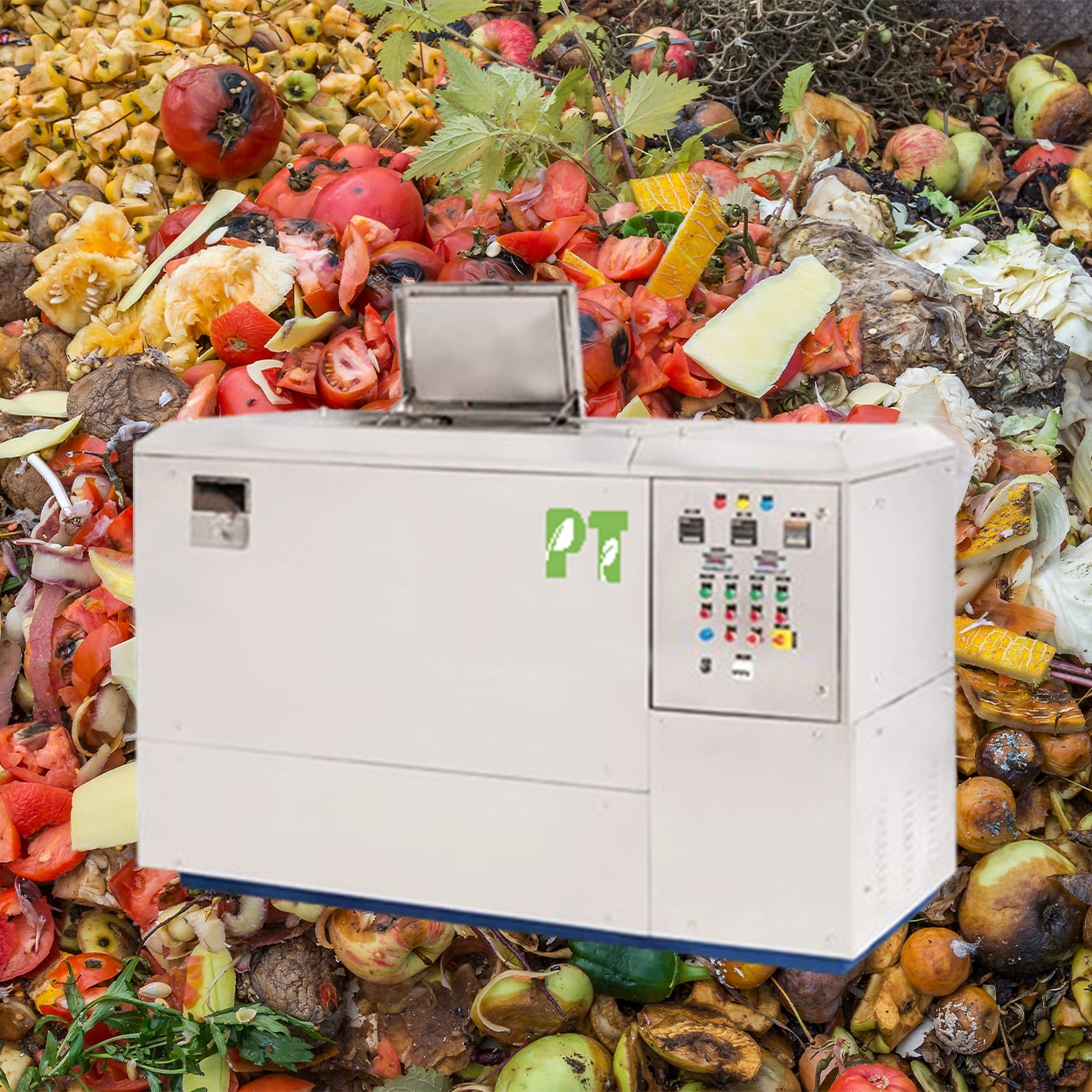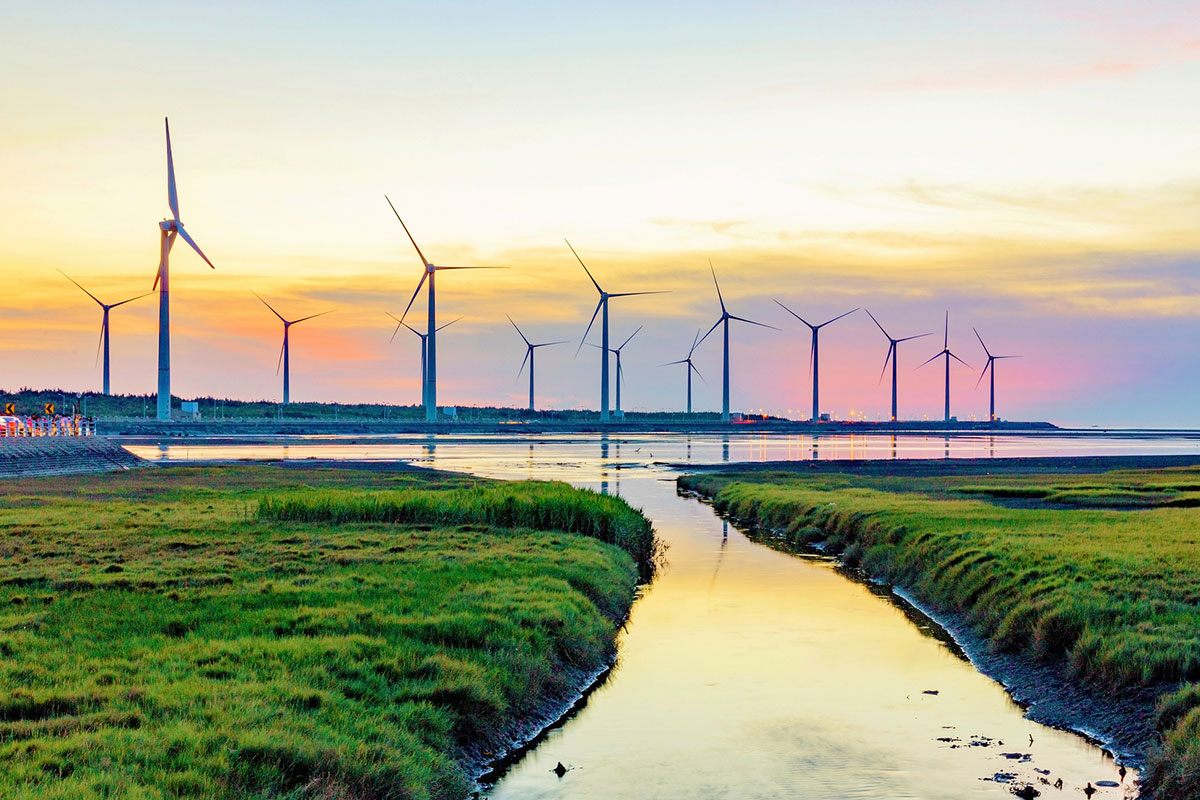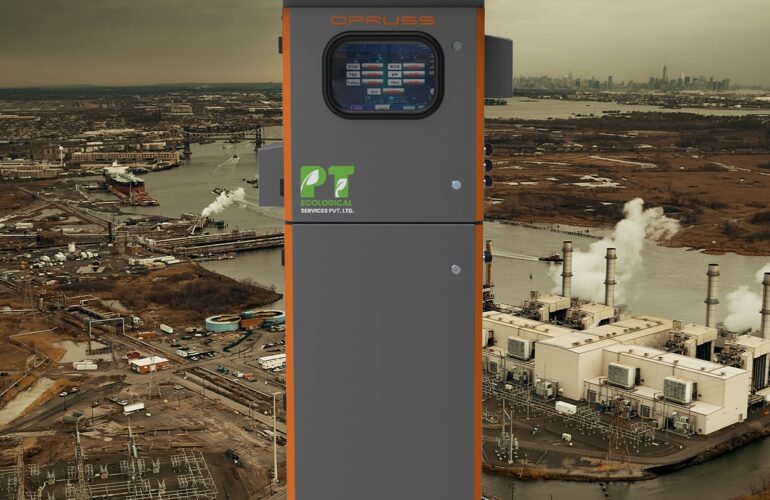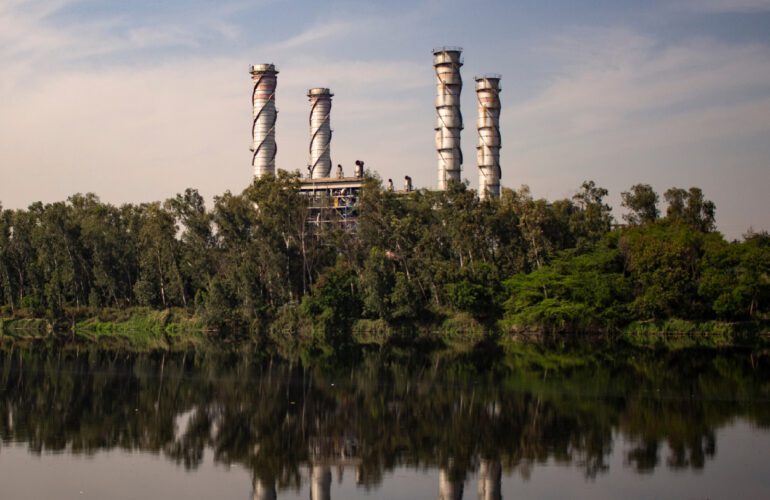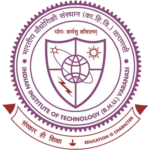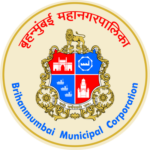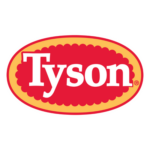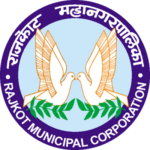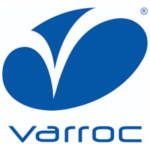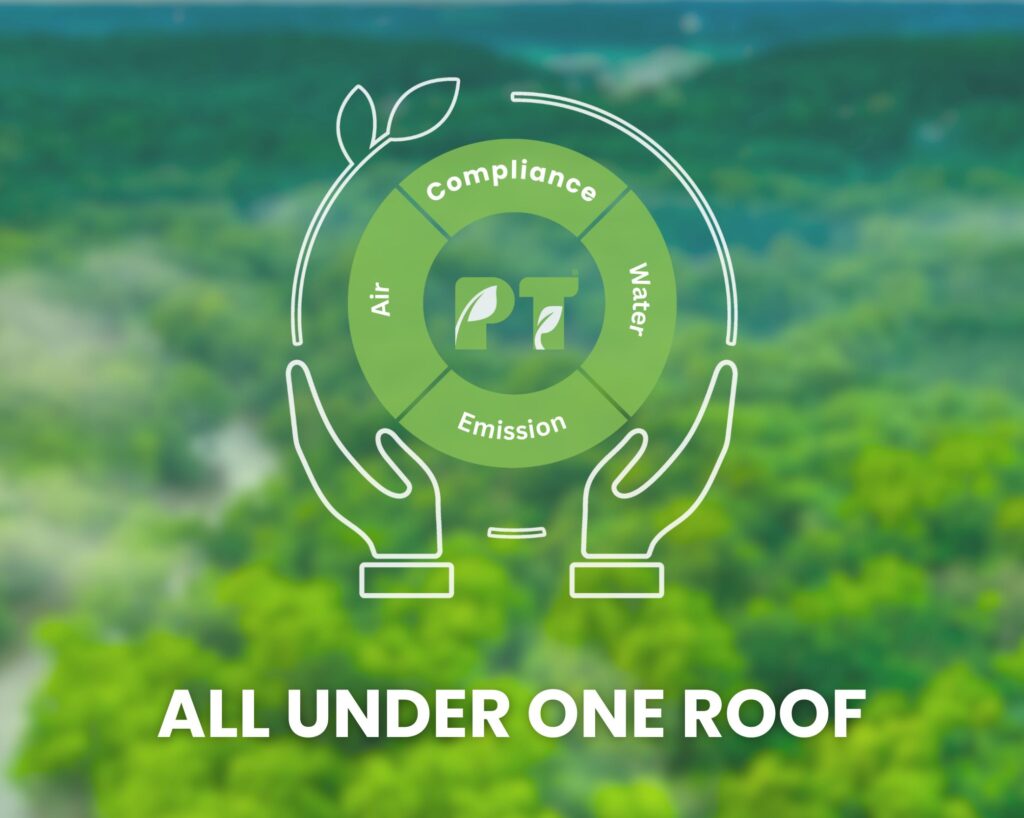
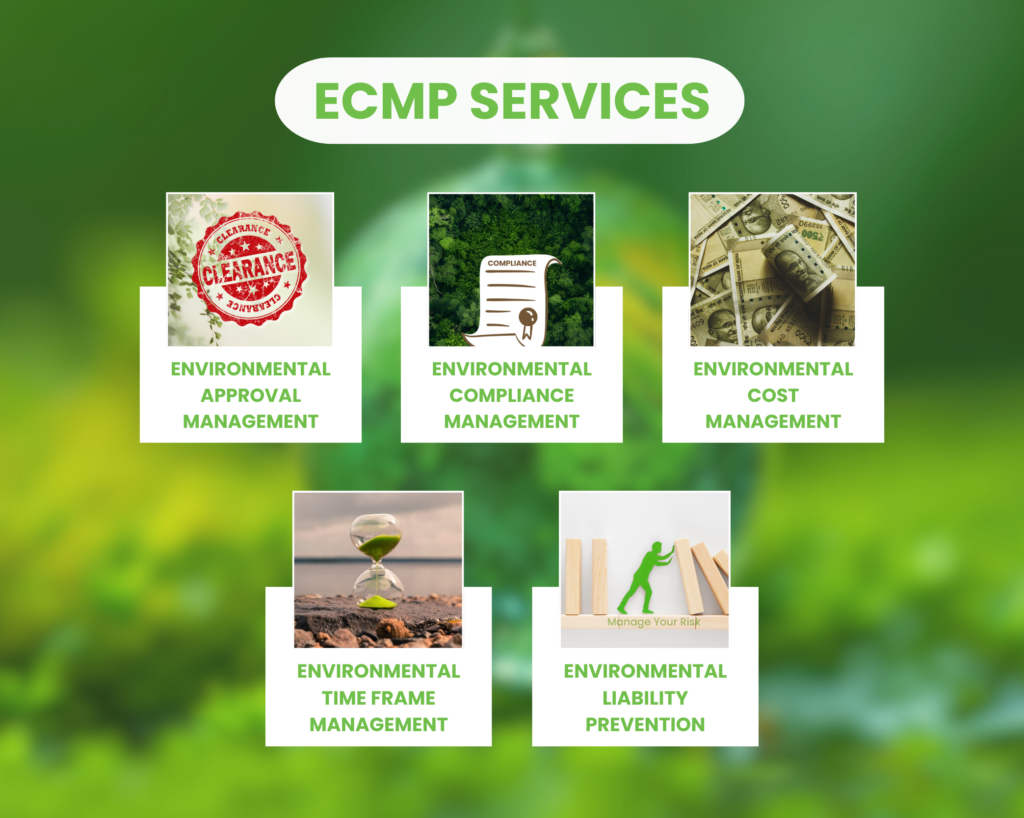

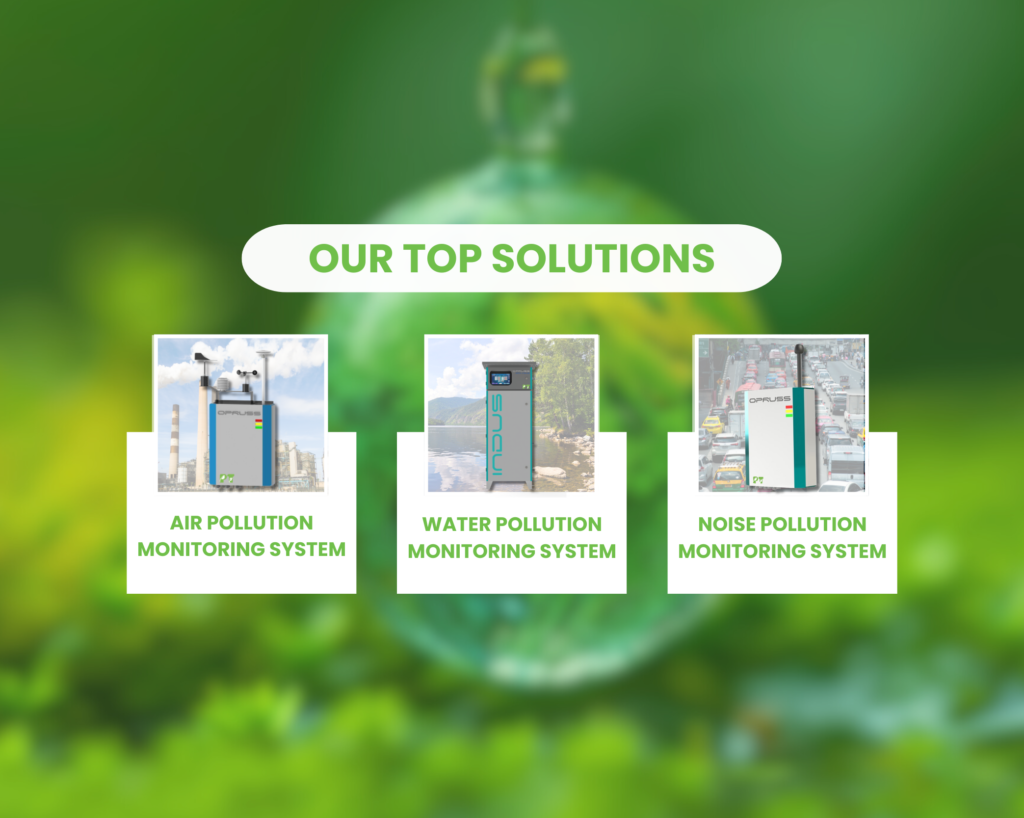
Solutions & Services
24/7 Support
Well Experienced
Distinguishing Field Of Services
TREATMENT PLANTS & POLLUTION MONITORING SYSTEM
Our Solutions
About Us

15 Years
Work Experience
About Us
Founded in 2011, PT Ecological Services provides cutting-edge environmental solutions, ensuring compliance with global standards. From pollution monitoring to automation, we offer integrated services for sustainability. With a skilled team and innovative technology, we simplify compliance and drive eco-friendly advancements, shaping a cleaner future with responsible, efficient solutions.

15 Years
Work Experience
CLIENTS TESTIMONIALS
What People Say about Us
We appreciate PT Ecological for installing the FOREMS – OPM300 at Najafgarh Drain with GMDA, enabling real-time water monitoring. Their commitment to IT services and data supply is commendable.

HSPCB
We are happy to have PT on board with us as a supplier who has delivered this project succossfully following and meeting all our code of conduct and compliance sequirements

Castrol
The service was beneficial and very helpful. We seemed to learn a lot from the consultant and it was clear that the consultant was very knowledgeable and highly oxperienced

Mindspace
PT Ecological integrated our STP with OPRUSS, ensuring seamless monitoring and control. Their support is invaluable. Looking forward to more collaborations!

Gulf Oil Lubricants India Limited
PT Ecological installed the OPRUSS OPM300 at Dinapur STP, ensuring accuracy and reliability. Their expertise has strengthened our trust in online analyzers.

Uttar Pradesh Jal Nigam
As per our project timeline, the equipment was pristinely supplied, team engineers are well trained and followed all safety aspects, efficient and well- motivated to perform beyond the job assigned. The beautiful process flow and timeline mapping of project is worth appreciating.

Serum
CLIENTS TESTIMONIALS
What People Say about Us

We appreciate PT Ecological for installing the FOREMS – OPM300 at Najafgarh Drain with GMDA, enabling real-time water monitoring. Their commitment to IT services and data supply is commendable.
HSPCB

We are happy to have PT on board with us as a supplier who has delivered this project succossfully following and meeting all our code of conduct and compliance sequirements
Castrol

The service was beneficial and very helpful. We seemed to learn a lot from the consultant and it was clear that the consultant was very knowledgeable and highly oxperienced
Mindspace

PT Ecological integrated our STP with OPRUSS, ensuring seamless monitoring and control. Their support is invaluable. Looking forward to more collaborations!
Gulf Oil Lubricants India Limited

PT Ecological installed the OPRUSS OPM300 at Dinapur STP, ensuring accuracy and reliability. Their expertise has strengthened our trust in online analyzers.
Uttar Pradesh Jal Nigam

As per our project timeline, the equipment was pristinely supplied, team engineers are well trained and followed all safety aspects, efficient and well- motivated to perform beyond the job assigned. The beautiful process flow and timeline mapping of project is worth appreciating.
Serum
Got an Incredible Project Right Now?
300 +
Successful Projects
OUR CLIENTS
Customers About Our
Solar Panels
We appreciate PT Ecological for installing the FOREMS – OPM300 at Najafgarh Drain with GMDA, enabling real-time water monitoring. Their commitment to IT services and data supply is commendable.

HSPCB Copy test4
We appreciate PT Ecological for installing the FOREMS – OPM300 at Najafgarh Drain with GMDA, enabling real-time water monitoring. Their commitment to IT services and data supply is commendable.
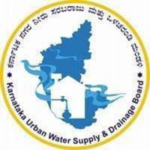
HSPCB Copy test3
We appreciate PT Ecological for installing the FOREMS – OPM300 at Najafgarh Drain with GMDA, enabling real-time water monitoring. Their commitment to IT services and data supply is commendable.

HSPCB Copy test2
NUMBER SPEAKS
We always ready for
a challenge.
1035
Successful projects
2034
Unique designs
png13 Copy

png13

png12

png9

png8

png7

RECENT NEWS
What's Going on in
our Blog?
All Clientele
png13 Copy

png13

png12

png9

png8

png7

png6

png5

png4

png3

png2

png1









